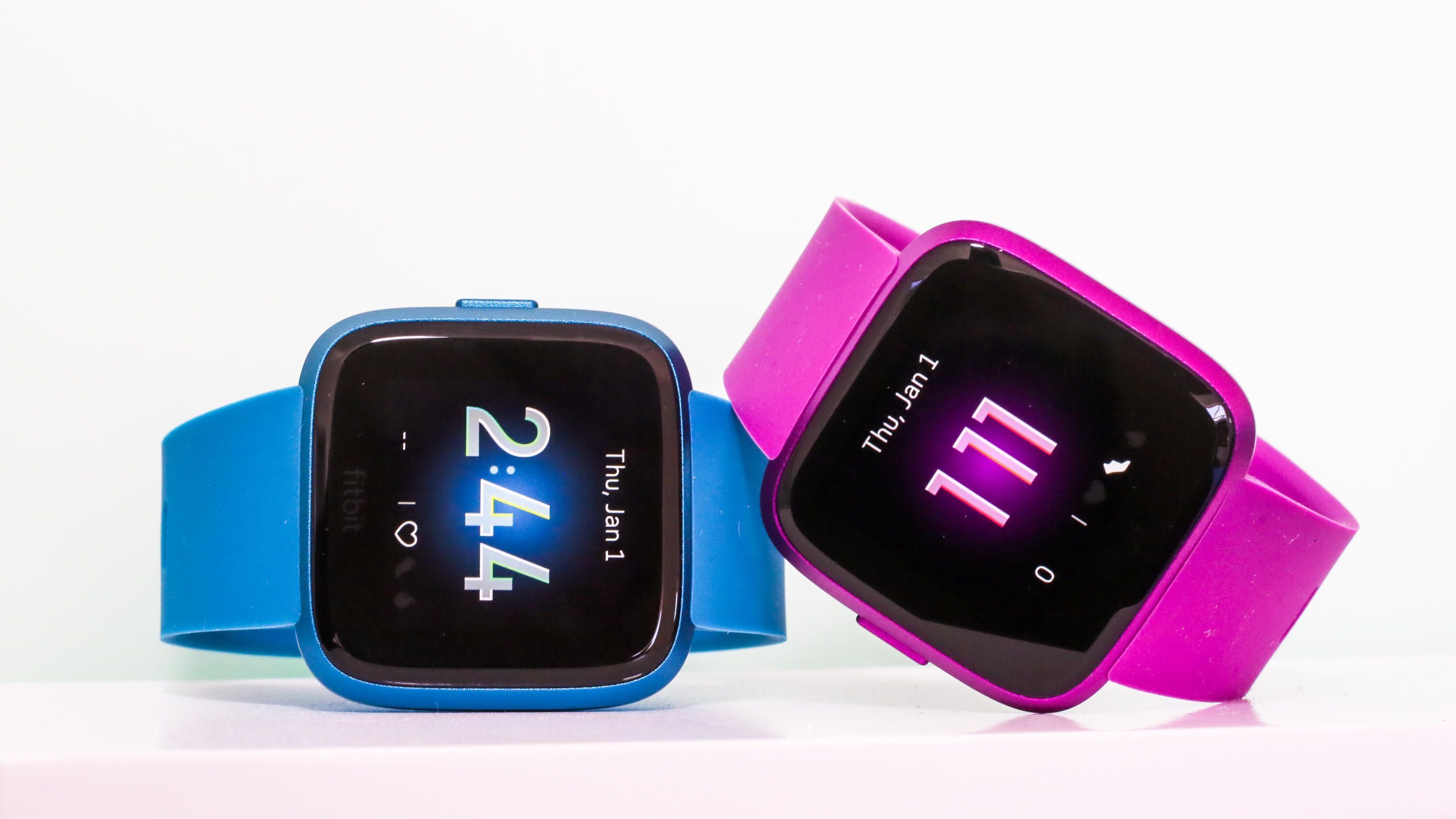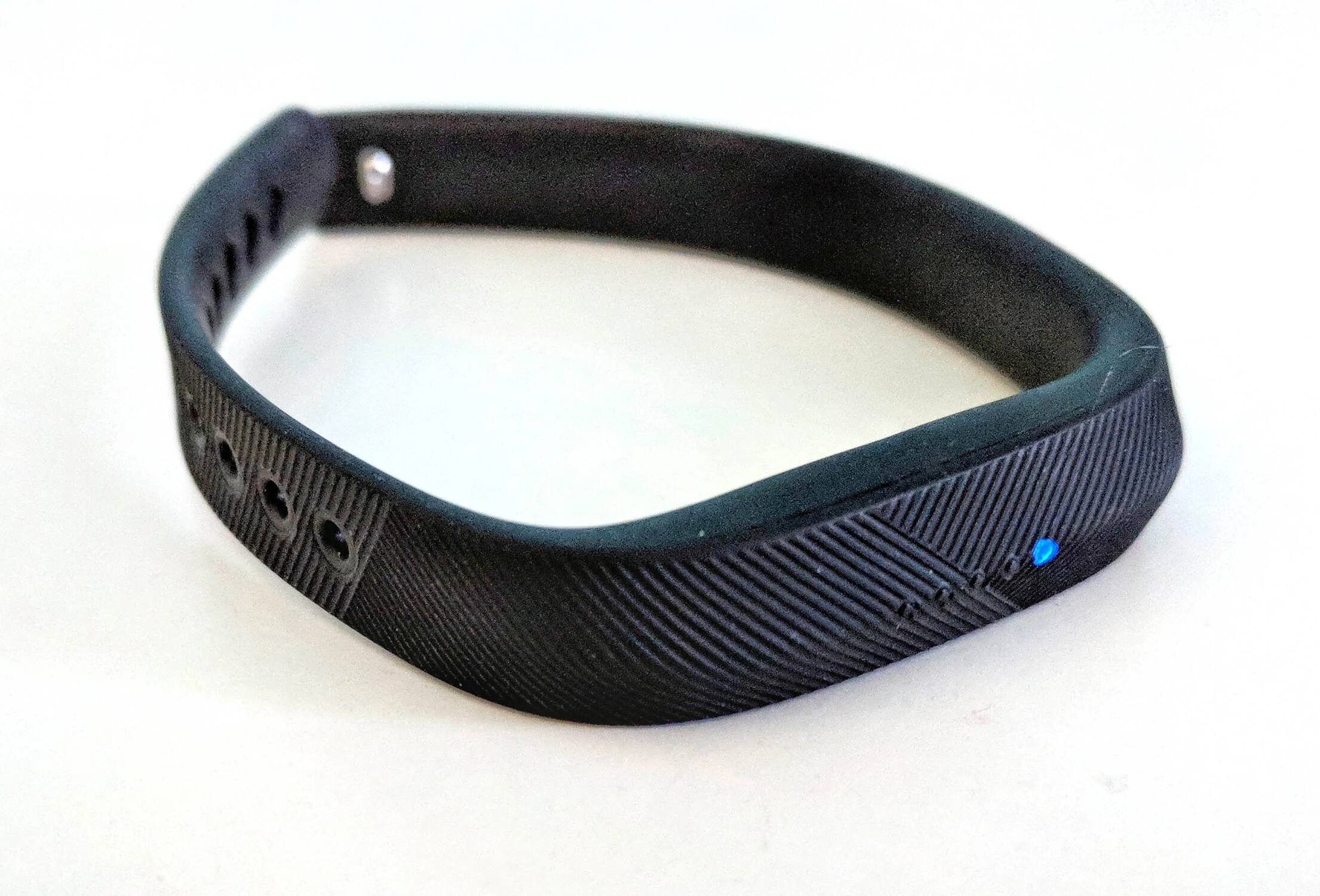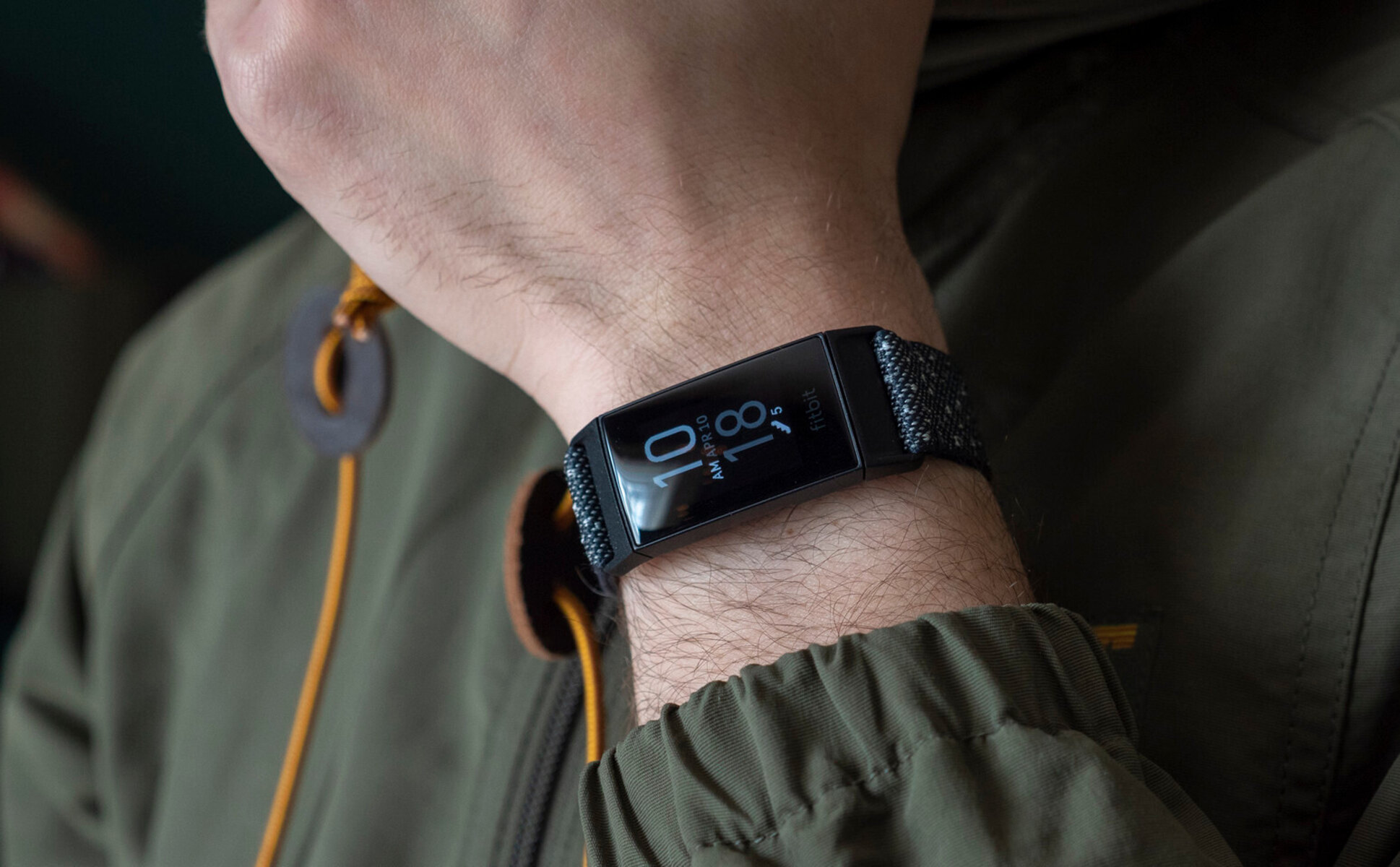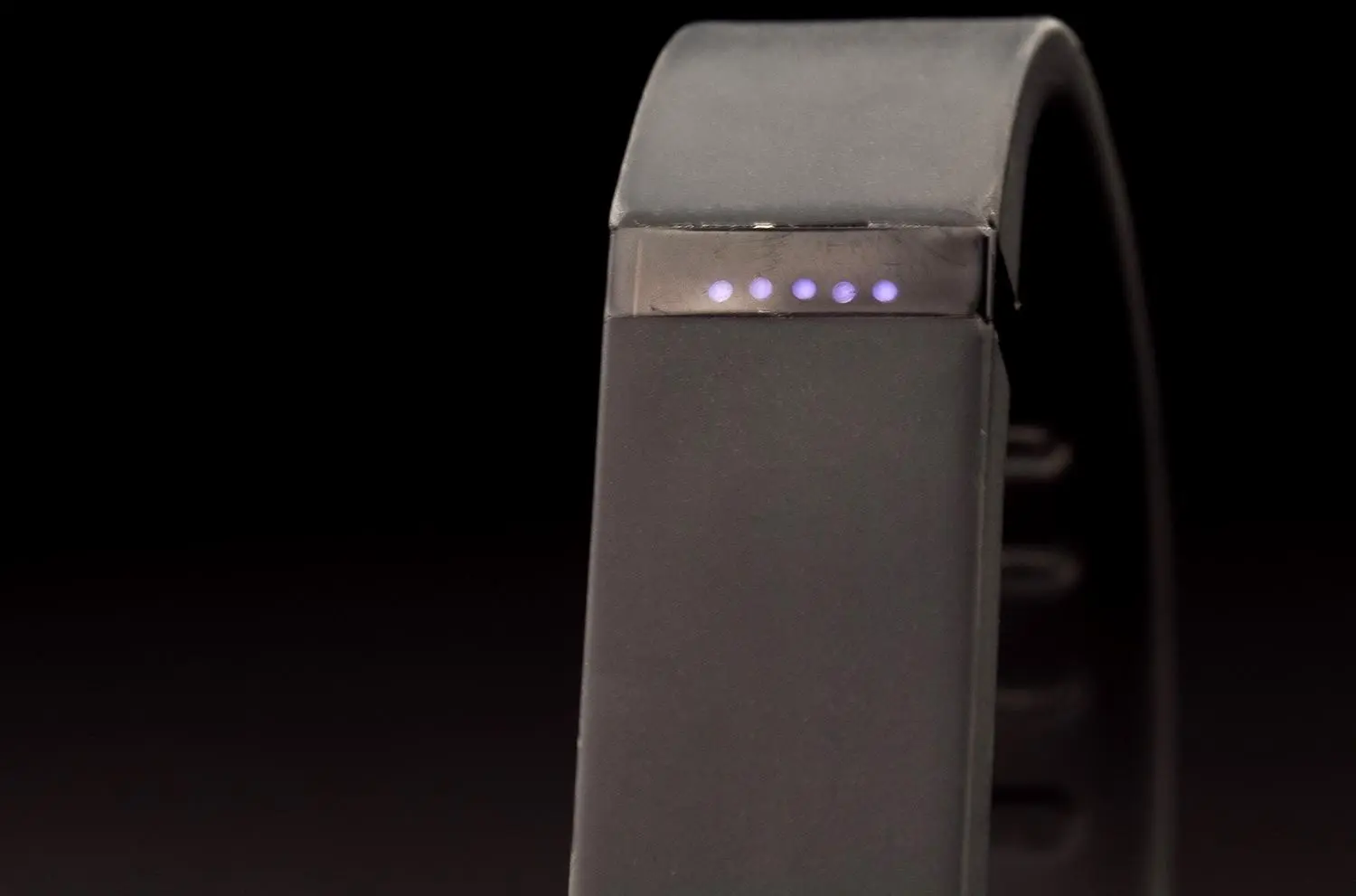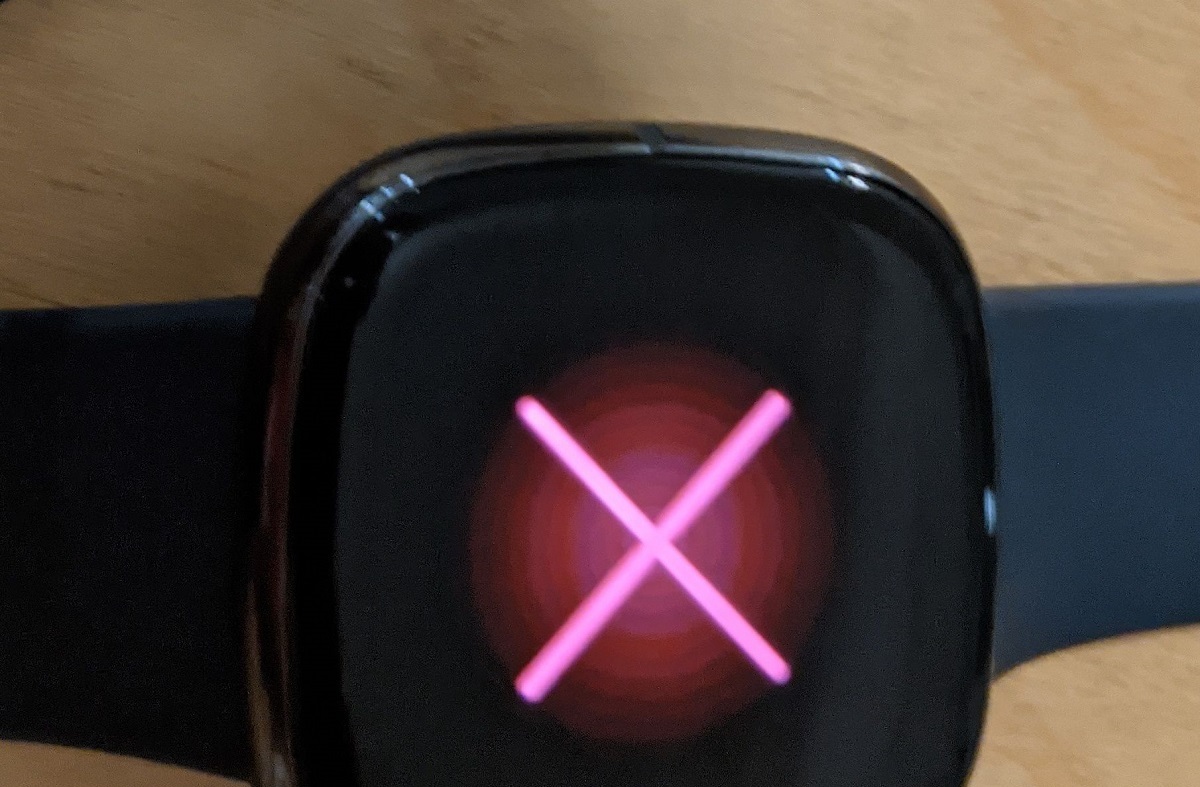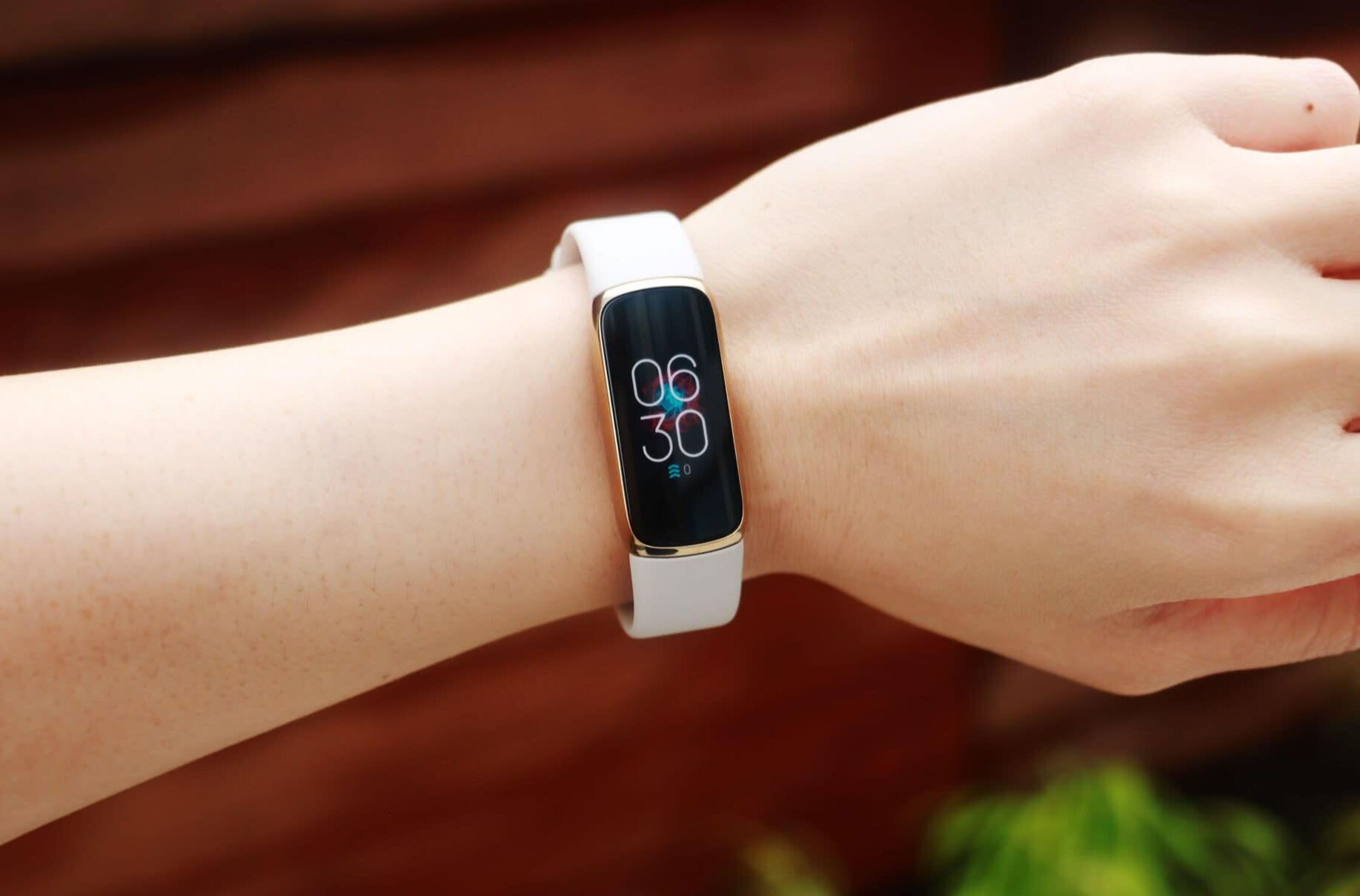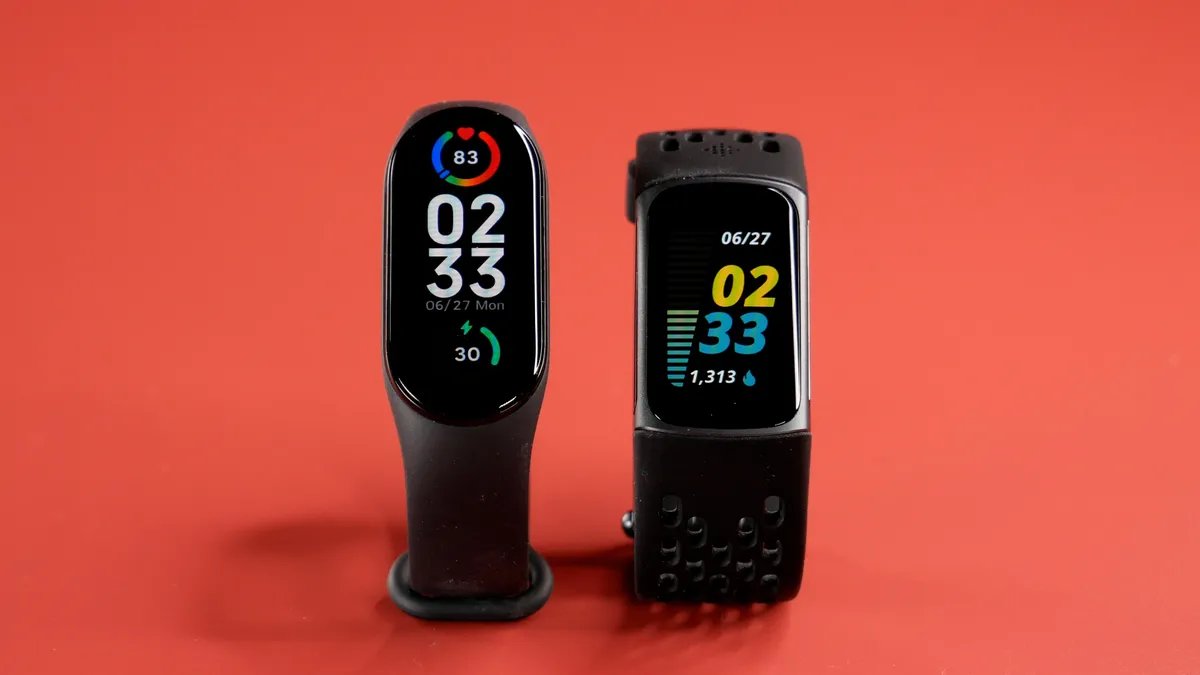Introduction
In the fast-paced modern world, our daily routines often involve prolonged periods of sitting or inactivity. Whether it's due to long hours at a desk job, binge-watching our favorite shows, or simply losing track of time, sedentary behavior has become a concerning norm for many individuals. This is where wearable technology, such as Fitbit, plays a crucial role in promoting a healthier and more active lifestyle.
Fitbit, a leading brand in the wearable technology industry, has integrated a feature called "Look Alive" to combat the negative effects of prolonged inactivity. This feature aims to encourage users to move and be more mindful of their physical activity throughout the day. Understanding the significance of "Look Alive" alerts and how they can positively impact our well-being is essential in harnessing the full potential of Fitbit devices.
As we delve deeper into the world of Fitbit and its "Look Alive" feature, we will uncover the mechanisms behind these alerts, their importance, and practical tips for effectively responding to them. By the end of this article, you will have gained valuable insights into how Fitbit empowers users to stay active and maintain a healthier lifestyle.
What is "Look Alive" on Fitbit?
"Look Alive" on Fitbit is a feature designed to combat sedentary behavior and promote physical activity throughout the day. This innovative functionality serves as a gentle reminder to users, prompting them to move and avoid prolonged periods of inactivity. The primary goal of "Look Alive" is to encourage individuals to incorporate more movement into their daily routines, ultimately contributing to a healthier and more active lifestyle.
Fitbit devices are equipped with advanced sensors that can detect periods of inactivity, such as extended periods of sitting or minimal physical movement. When the device detects such inactivity, it sends a subtle yet effective alert to the user, encouraging them to engage in physical activity. This proactive approach aligns with Fitbit's overarching mission to empower individuals to lead healthier lives by fostering awareness and positive behavior changes.
The "Look Alive" feature operates on the premise that small, frequent bursts of physical activity can significantly impact overall well-being. By nudging users to break up sedentary time with brief movements, such as walking, stretching, or taking short active breaks, Fitbit aims to instill a pattern of regular movement and reduce the negative effects of prolonged sitting.
Moreover, Fitbit's "Look Alive" feature is customizable, allowing users to set their preferred activity goals and notification thresholds. This flexibility enables individuals to tailor the alerts to their specific needs and preferences, ensuring that the reminders align with their daily routines and activity levels.
In essence, "Look Alive" on Fitbit serves as a proactive wellness companion, fostering a mindful approach to physical activity and encouraging users to prioritize movement throughout their day. By leveraging technology to promote healthy habits, Fitbit empowers individuals to take charge of their well-being and embrace a more active lifestyle.
How does Fitbit detect inactivity?
Fitbit utilizes a sophisticated combination of sensors and algorithms to accurately detect periods of inactivity and sedentary behavior. These sensors, integrated into the wearable device, continuously monitor various physical metrics to provide a comprehensive understanding of the user's activity levels.
One of the primary sensors employed by Fitbit is the accelerometer, a pivotal component that tracks the user's movements and orientation in real-time. This sensor measures acceleration forces, allowing the device to discern whether the user is in motion or stationary. By analyzing the accelerometer data, Fitbit can identify prolonged periods of immobility, such as sitting or lying down, which are indicative of inactivity.
In addition to the accelerometer, Fitbit devices often incorporate altimeters to capture changes in elevation, providing further insights into the user's physical movements. By detecting subtle shifts in altitude, the device can differentiate between sedentary activities and active behaviors, such as climbing stairs or walking uphill. This multi-dimensional approach enhances the accuracy of inactivity detection, enabling Fitbit to deliver tailored alerts that align with the user's specific activity patterns.
Furthermore, Fitbit leverages advanced algorithms to interpret the data collected by the sensors, distinguishing between different types of movements and categorizing them based on their intensity and duration. Through machine learning and pattern recognition, Fitbit devices can identify prolonged periods of inactivity and prompt the user to engage in physical activity.
By amalgamating sensor data and intelligent algorithms, Fitbit creates a comprehensive activity profile for each user, allowing for personalized and precise detection of inactivity. This intricate process enables the device to deliver timely and relevant alerts, empowering users to break the cycle of sedentary behavior and embrace a more active lifestyle.
In essence, Fitbit's ability to detect inactivity is a testament to its technological prowess, leveraging cutting-edge sensors and advanced algorithms to promote awareness and encourage physical activity. By harnessing these capabilities, Fitbit enhances the user experience, fostering a proactive approach to well-being and empowering individuals to lead healthier lives.
Why is "Look Alive" important?
The "Look Alive" feature on Fitbit holds significant importance in the realm of health and wellness, serving as a proactive tool to combat the detrimental effects of prolonged inactivity. In today's increasingly sedentary lifestyles, characterized by extended periods of sitting and minimal physical movement, the impact of such behavior on overall health cannot be understated. "Look Alive" addresses this issue by promoting awareness and encouraging users to incorporate more movement into their daily routines.
Prolonged periods of inactivity have been linked to a myriad of health concerns, including increased risk of cardiovascular disease, obesity, and metabolic disorders. By prompting users to break up sedentary time with brief bursts of physical activity, "Look Alive" aims to mitigate these risks and foster a more active lifestyle. The importance of this feature lies in its ability to counteract the negative effects of sedentary behavior, thereby contributing to improved physical health and overall well-being.
Moreover, "Look Alive" plays a pivotal role in promoting mindfulness and behavior change. By delivering timely alerts that prompt users to move, the feature cultivates a heightened sense of awareness regarding physical activity levels. This awareness, coupled with the encouragement to engage in brief movements throughout the day, empowers individuals to adopt healthier habits and integrate more activity into their daily lives.
Additionally, "Look Alive" aligns with the broader societal shift towards prioritizing wellness and preventive health measures. As individuals become increasingly conscious of the importance of physical activity in maintaining optimal health, the feature serves as a catalyst for positive behavior change. By nudging users to be more active, "Look Alive" contributes to the overarching goal of promoting a culture of wellness and proactive health management.
Furthermore, the customizable nature of the "Look Alive" feature allows users to tailor their activity goals and notification thresholds, ensuring that the alerts are aligned with their individual preferences and routines. This personalized approach enhances user engagement and empowers individuals to take a proactive stance towards their health.
In essence, "Look Alive" on Fitbit is important because it addresses the pervasive issue of sedentary behavior, promotes mindfulness and behavior change, aligns with the societal focus on wellness, and offers a personalized user experience. By leveraging technology to encourage physical activity, "Look Alive" plays a pivotal role in fostering a healthier and more active lifestyle for users.
Tips for responding to "Look Alive" alerts
When receiving a "Look Alive" alert on your Fitbit device, it serves as a gentle nudge to break free from sedentary behavior and infuse more movement into your day. Responding to these alerts with intention and consistency can significantly contribute to a healthier and more active lifestyle. Here are some practical tips for effectively responding to "Look Alive" alerts:
-
Embrace Micro-Activities: Instead of viewing "Look Alive" alerts as disruptions, consider them as opportunities to engage in micro-activities. Take advantage of these prompts to incorporate small bursts of movement into your routine, such as stretching, walking around the office, or performing quick exercises.
-
Set Personalized Goals: Customize your activity goals within the Fitbit app to align with your lifestyle and preferences. By setting achievable targets, you can make responding to "Look Alive" alerts a seamless part of your daily routine, ensuring that the alerts are tailored to your individual activity levels.
-
Establish Active Breaks: Integrate regular active breaks into your schedule to proactively address sedentary behavior. Use "Look Alive" alerts as cues to stand up, walk, or engage in light physical activities, fostering a pattern of consistent movement throughout the day.
-
Mindful Movement: When responding to "Look Alive" alerts, focus on engaging in mindful movement. Be conscious of your posture, breathing, and the quality of your movements, allowing for a holistic approach to incorporating physical activity into your day.
-
Encourage Social Accountability: If you have friends or family members using Fitbit devices, consider leveraging the social features to create accountability. Challenge each other to respond to "Look Alive" alerts and share your progress, fostering a supportive and motivating environment.
-
Celebrate Progress: Acknowledge and celebrate the moments when you successfully respond to "Look Alive" alerts. Recognizing your efforts can reinforce positive behavior and motivate you to continue prioritizing movement and physical activity.
-
Incorporate Variety: Explore diverse forms of movement to keep your response to "Look Alive" alerts engaging and enjoyable. Whether it's dancing, yoga, or outdoor activities, incorporating variety can make the experience more fulfilling and sustainable.
By implementing these tips, you can transform "Look Alive" alerts from mere notifications into catalysts for positive behavior change. Embracing movement as an integral part of your daily routine not only aligns with the overarching mission of Fitbit but also contributes to your overall well-being and vitality.
Conclusion
In conclusion, the integration of the "Look Alive" feature within Fitbit devices represents a pivotal step towards promoting a more active and health-conscious lifestyle. By leveraging advanced sensors, intelligent algorithms, and personalized alerts, Fitbit empowers users to break free from sedentary behavior and embrace a pattern of consistent movement throughout the day.
The significance of "Look Alive" extends beyond its role as a mere reminder; it serves as a catalyst for positive behavior change and mindfulness regarding physical activity. This feature aligns with the broader societal shift towards prioritizing wellness and preventive health measures, contributing to a culture of proactive health management.
The customizable nature of "Look Alive" enables users to tailor their activity goals and notification thresholds, ensuring that the alerts seamlessly integrate into their daily routines. This personalized approach enhances user engagement and fosters a sense of ownership over one's well-being.
Furthermore, the practical tips for responding to "Look Alive" alerts provide actionable strategies for incorporating movement into everyday activities. Embracing micro-activities, setting personalized goals, establishing active breaks, and celebrating progress are fundamental steps in cultivating a more active lifestyle.
As we navigate the demands of modern life, the "Look Alive" feature serves as a supportive wellness companion, promoting a holistic approach to physical activity and well-being. By embracing movement as an integral part of our daily routines, we can harness the potential of Fitbit devices to foster positive lifestyle changes and prioritize our health.
Ultimately, the "Look Alive" feature on Fitbit transcends the realm of technology; it embodies a commitment to empowering individuals to lead healthier lives. With its gentle nudges and customizable approach, "Look Alive" inspires users to be mindful of their physical activity, fostering a culture of wellness and proactive health management.
In essence, the "Look Alive" feature exemplifies Fitbit's dedication to leveraging technology for the betterment of individual well-being, encouraging users to stay active, engaged, and mindful in their pursuit of a healthier lifestyle.







